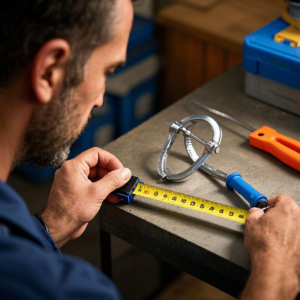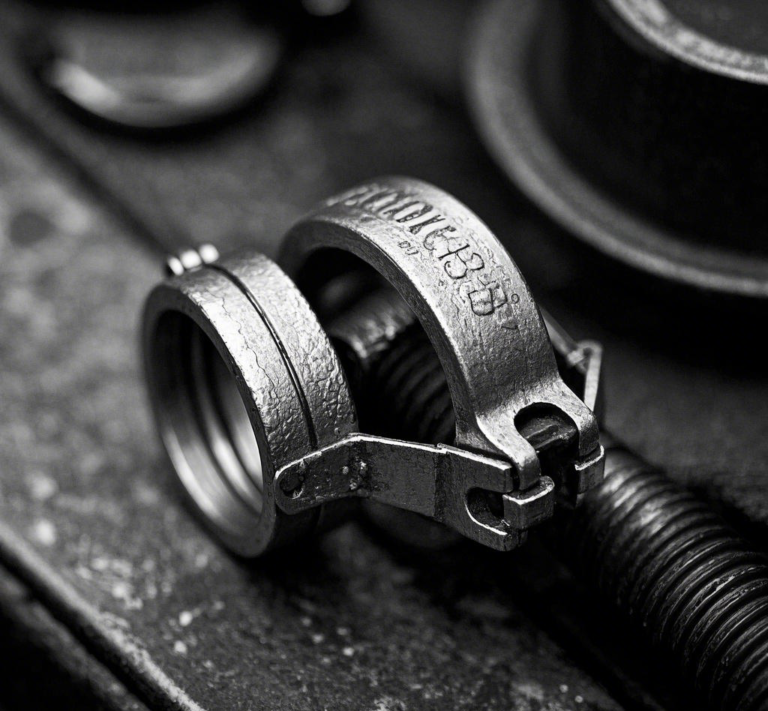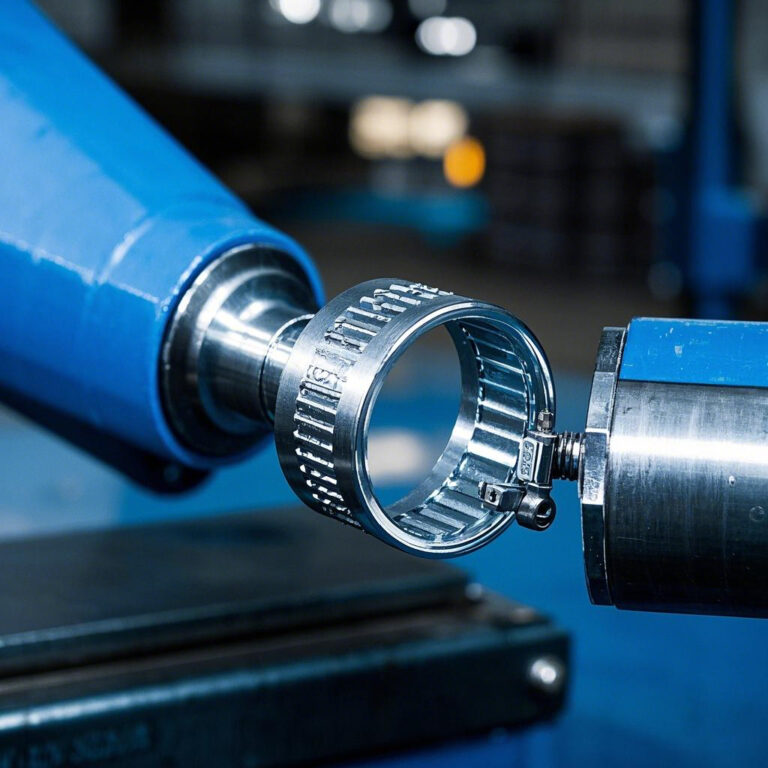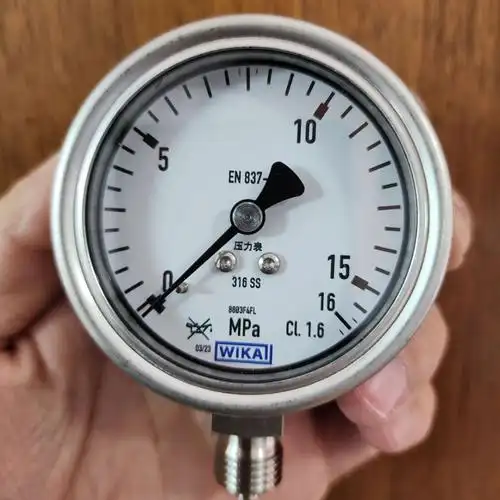How do I determine the correct diameter for my hose clamp?
Direct measurement method Measuring tool selection: Use tools such as vernier calipers or tape measures to directly measure the outer…

Direct measurement method
Measuring tool selection: Use tools such as vernier calipers or tape measures to directly measure the outer diameter of the pipe where the hose clamp is to be installed. Vernier calipers are suitable for measuring pipes with smaller diameters, while tape measures are suitable for measuring pipes with larger diameters.
Measuring position selection: Select a relatively flat position on the pipe without obvious deformation or wear for measurement to ensure the accuracy of the measurement results.
Multiple measurements and average values: In order to improve the accuracy of the measurement, multiple measurements can be made at different positions on the pipe, and then the average value can be taken as the final outer diameter size of the pipe.
Circumference calculation method
Measure the circumference: If you cannot directly measure the outer diameter of the pipe, you can use a tape measure or a thin rope to wrap around the pipe and measure the circumference.
Calculate the diameter: According to the circumference formula of a circle C=πd, where C is the circumference and d is the diameter, divide the measured circumference by pi π (about 3.14) to get the outer diameter of the pipe.
Notes
Consider the pipe material and shape: pipes of different materials and shapes may affect the selection of throat clamps. For example, soft pipes may require wider throat clamps to increase the contact area and improve the sealing effect; square or oval pipes may require special shapes of throat clamps.
Consider the working environment: according to the working pressure, temperature and medium of the pipeline, choose the appropriate material and strength of the throat clamp to ensure safety and reliability in actual use.
Reserve a certain amount of adjustment margin: when installing the throat clamp, a certain amount of adjustment margin should be reserved so that the tightness of the throat clamp can be fine-tuned when necessary to avoid affecting the use effect due to over-tightening or over-loosening.







